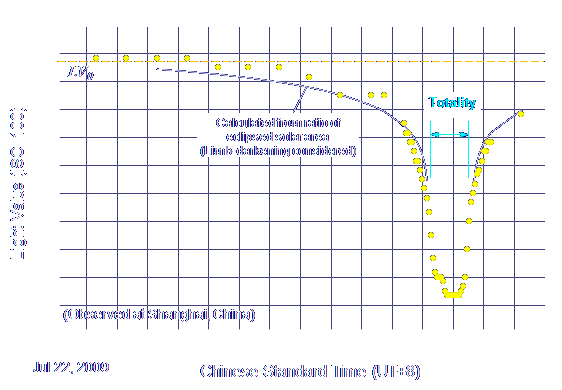
 |
| Date & Time: | Jul 22 2009 (Times are Chinese Standatd Time, 1/2000 to 1/1000sec. exposed) |
| Optical: | BORG 45EDII with Televue PowerMate 2.5X (f=812mm, F18.0) |
| with ND8 filter | |
| Auto-guided with Eyebell CD-1 portable equatorial | |
| Digital Camera: | Nikon D80 (Remodeled) |
| Location: | Fengxien, Shanghai city, China |
| Camera Settings: | Recording Format...JPEG-FINE (3872×2592) |
| CCD Sensitivity...ISO400 |


Partial Solar Eclipse on Oct 14, 2004 |
Annular Solar Eclipse on May 21, 2012 (Review) |
| Copyright(c) 2009 by Naoyuki Kurita, All rights reserved. | ||
| To top page | To Eclipse index |